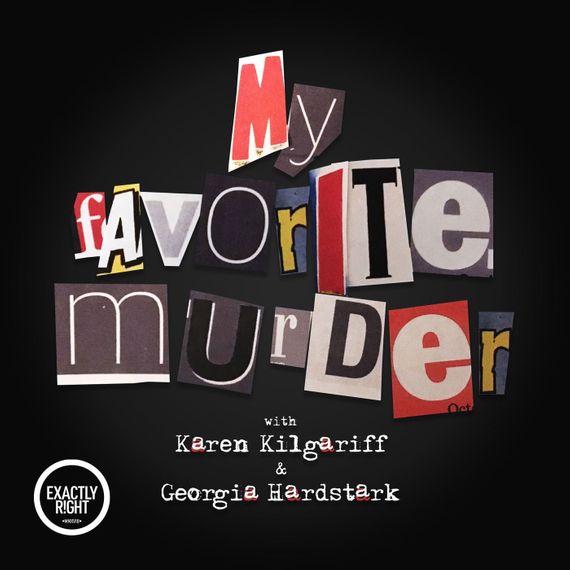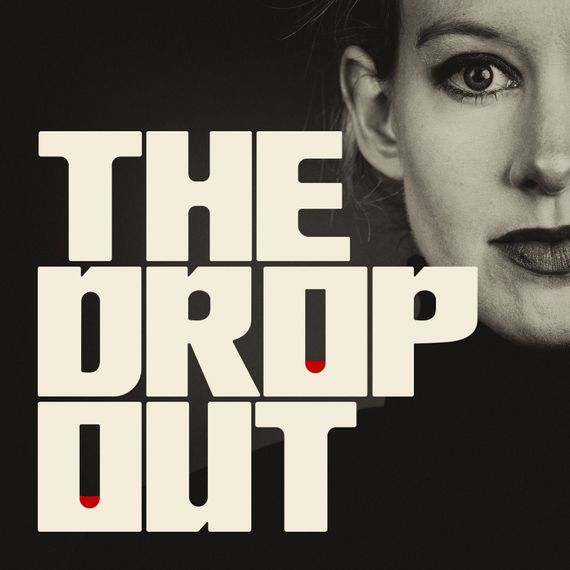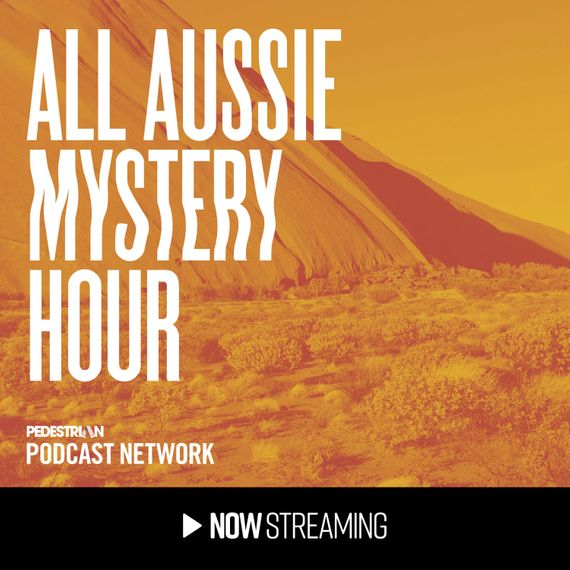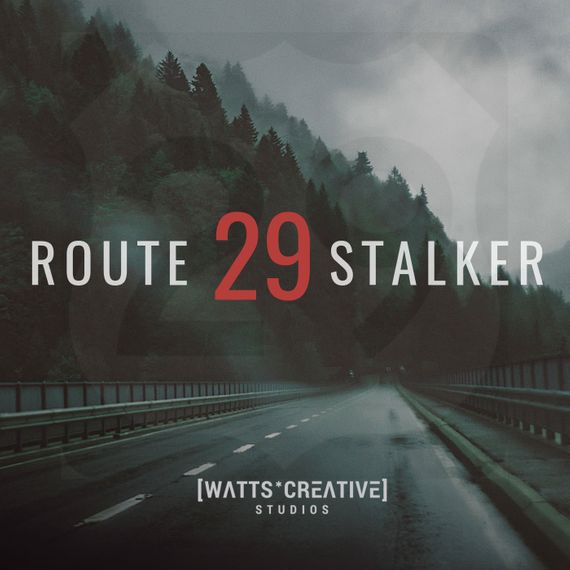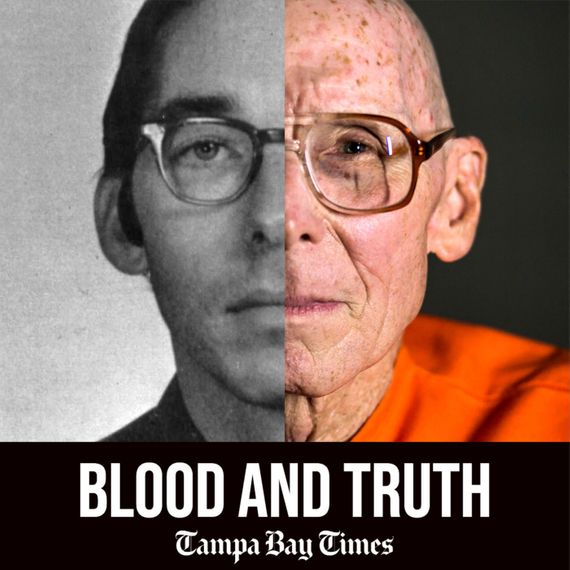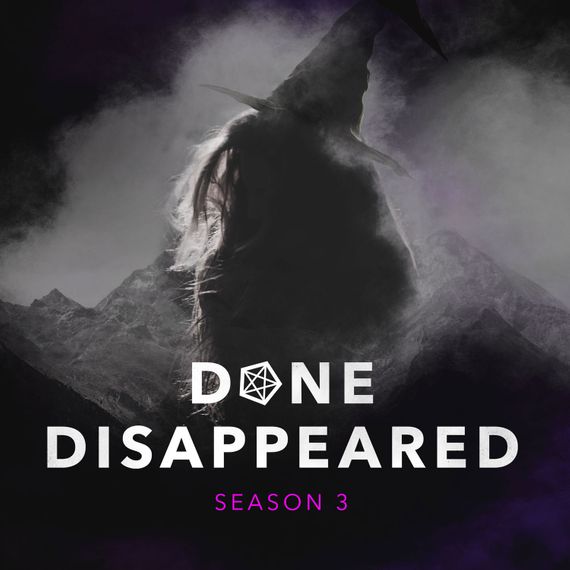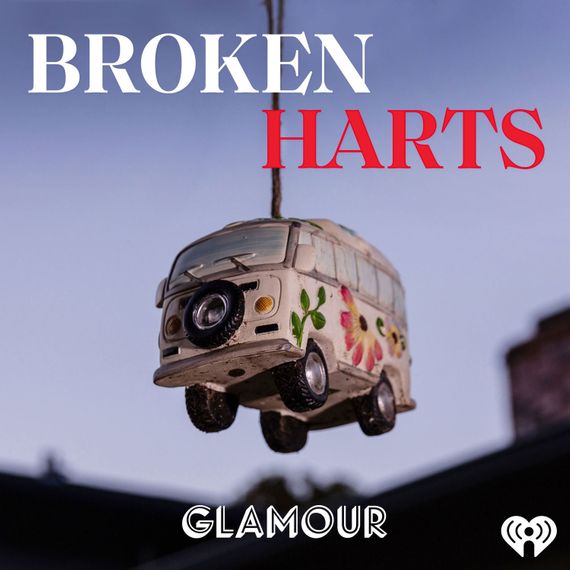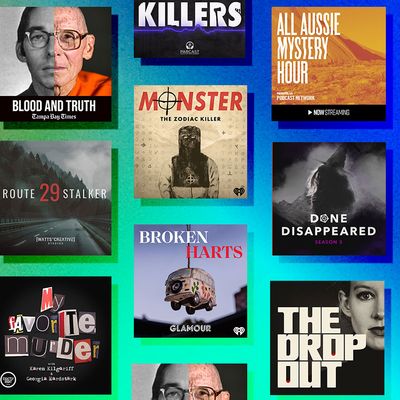
The true-crime podcast universe is ever expanding. We’re here to make it a bit smaller, a bit more manageable. There are a lot of great shows and each has a lot of great episodes, so we want to highlight the exceptional, the noteworthy. Each week, our crack team of podcast enthusiasts and specialists will pick their favorites. To read the last edition, click here. And to see our list of the ten best true-crime podcasts of 2018, click here.
My Favorite Murder: “Mr. Cool & Nice — The Conan O’Brien Episode”
Who knew Conan O’Brien is a murderino!? In a fun bit of cross-promotion for his own podcast, Conan O’Brien Needs a Friend, the late-night talk-show host sits down with Georgia Hardstark and Karen Kilgariff for a free-wheeling conversation about all things true crime. From his boyhood obsession with the assassination of Abraham Lincoln to his sojourn to the John List murder trial in New Jersey, O’Brien is nothing short of a walking, talking Murderpedia — with a shock of swoopy red hair. Here’s hoping this is just the beginning of a beautiful friendship between MFM and Team Coco. —Amy Wilkinson
Listen: Spotify | Apple | Website
The Dropout: “Myth-Making”
I can’t speak to how ABC’s new podcast about Elizabeth Holmes and Theranos differs from the book Bad Blood: Secrets and Lies in a Silicon Valley Startup by John Carreyrou, but the storytelling format of the podcast seems like a great way to investigate this billion-dollar grift. Rebecca Jarvis and her producers set the stage by weaving together details about Holmes’s tony background, including her childhood dreams of being megarich and powerful, with interviews with and voice recordings of everyone from the medical professor who saw through her incredible BS-ing to former board member Donald L. Lucas Sr. and product designer Ana Arriola. I’ll be waiting every week for a new episode to, well, drop. —Jenni Miller
Listen: Spotify | Apple | Website
All Aussie Mystery Hour: “Did Olivia Newton-John’s Boyfriend Really Just Disappear?”
From the top, hosts Melissa Mason and Josie Rozenberg-Clarke acknowledge that this case’s ties to Australia are tenuous at best. After all, cameraman Patrick McDermott was (or is?!) an American of Korean descent, who was living in California at the time of his disappearance in 2005. But he also happened to be the on-again-off-again boyfriend of Australian royalty, actress Olivia Newton-John. So, yeah. McDermott was last seen on an overnight fishing expedition off the Pacific coast and was reported missing a week later. Though the Coast Guard’s investigation concluded that he most likely drowned, there have been numerous reported sights of McDermott in Mexico ever since. To be sure, there’s nothing particularly new in this episode (the last debunked sighting of McDermott was in late 2017), but much in the vein of My Favorite Murder, the affable hosts bring their own lively humor and well-worn theories to this case that continues to intrigue. —Amy Wilkinson
Listen: Spotify | Apple | Website
Route 29 Stalker: “So far…”
I got into Route 29 Stalker late in the game, as in, I found it the week before the season finale. But I’m so glad that I did. I binged the first season in less than day; all the episodes are under 35 minutes and most are less than 20, so it’s easy to take in. The story hinges on U.S. Route 29, which runs north-south in Virginia — and harbors a dark secret. From 1996 through 2014 an unusually high number of women have disappeared along the route. It all started on March 2, 1996, when 25-year-old Alicia Reynolds disappeared as she was driving to Charlottesville from Baltimore. A month after Reynolds’s body was found, Julianne Williams and Laura “Lollie” Winans were found murdered at their campsite in Shenandoah National Park, just off Route 29. And the story thickens from there. Who is the Route 29 killer? Are there more victims? What makes this stretch of highways so dangerous? —Hillary Nelson
Blood and Truth: “DNA Denied”
As if the case of Tommy Zeigler and the quadruple murder he’s on death row for isn’t curious enough, this episode reveals how Zeigler and his lawyers have tried and so far failed to get the courts to investigate the possibility of DNA evidence. There’s also some good stuff about the discovery of DNA evidence and the science behind it, and how it was first used in the United States back in 1987 to convict a rapist … in Florida. So, why the hesitation on the part of judges and prosecutors in Zeigler’s case? So far, this case has just been pretty strange, like when a juror was so stressed out by deliberations that she was given Valium, so the more details that come out — lost or damaged evidence, leading witnesses, red herrings about Zeigler’s sexuality — the more we have to wonder why the state elects to stick with the prosecution’s working theory on Zeigler’s culpability. —Jenni Miller
Listen: Spotify | Apple | Website
Done Disappeared: “Adhere to the Path”
As podcast parodies go, there’s no denying Done Disappeared is super-weird — it dedicated a whole season to a “goose-ganking” mystery, after all. There’s also no denying it’s the smartest and best-crafted true-crime send-up out there, in no small part because of its highly specific skewering of Up and Vanished creator Payne Lindsey. (Host “John David Booter” is deliciously pitch-perfect as a “filmmaker who has never made a podcast but has also never made a film.”) The podcast also takes fearless swipes at just about every other true-crime podcast you can think of … even mine. This week’s drop marks the start of season three of Done Disappeared, finding Booter back in tip-top form. I don’t want to give too much away, but if you’ve listened to any of Up and Vanished season two, Dr. Death, Uncover: Escaping NXIVM, Sword & Scale, or any podcast toothbrush ad ever made, you’ll find your head spinning at the satirical craftsmanship of this little show. As Booter himself might say, if you love true-crime podcasts, and really love to hate the worst of them, you won’t … be disappointed. —Rebecca Lavoie
Broken Harts: “Stone-Cold Narcissist”
Even if you’re not a true-crime junkie, there are cases that stick with you. Until recently, the case of the Harts fell into the later category. And then Glamour and iHeartRadio brought out Broken Harts. This week’s episode picks up where most true-crime readers are most familiar: online research and Facebook groups. Theories are swapped, information gathered, protests organized, and all of it leading to try to understand what led to the tragic ending of this family. —Hillary Nelson
Listen: Spotify | Apple | Website
Serial Killers: “Lady Rotten”
This is the first episode in a two-part series about England’s very first female serial killer, Mary Ann Cotton. While it’s impossible to excuse the behavior of someone who was suspected of killing up to 21 people, including several of her own children, her mother, and three of her four husbands, it is interesting to look at how Cotton became the Black Widow and how female serial killers differ from their male counterparts. The traumatic death of her father, severe poverty, and multiple miscarriages surely had something to do with how she developed into a murderer, right? But at the same time, how could someone pretend to be nursing a sick child back to health while also poisoning them with arsenic under everyone’s nose? Oy. —Jenni Miller
Listen: Spotify | Apple | Website
Monster: The Zodiac Killer: “School Bus”
Monster: The Zodiac Killer isn’t a perfect true-crime podcast. But for those who don’t know much about the Zodiac case, the innermost layer of this podcast serves up some compelling stuff, especially researcher Michael Butterfield’s take on the myriad ways Zodiac acted not only as a serial killer, but also as a domestic terrorist. In “School Bus,” we hear about a generation of Bay Area kids whose childhoods were indelibly marred by Zodiac’s public threat to attack a school bus, and the difficult decision newspaper editors made to print his letters. Should they have given Zodiac the notoriety he craved? Or should they have withheld it, and risked him committing the worst kind of crimes? “School Bus” dives in to that journalistic dilemma, and provides some historical context around school violence during the Zodiac era, including the jaw-dropping story of the 1976 Chowchilla school bus kidnapping and burial — something I promise will draw you into a whole new rabbit hole once the episode ends. —Rebecca Lavoie
Listen: Spotify | Apple | Website


